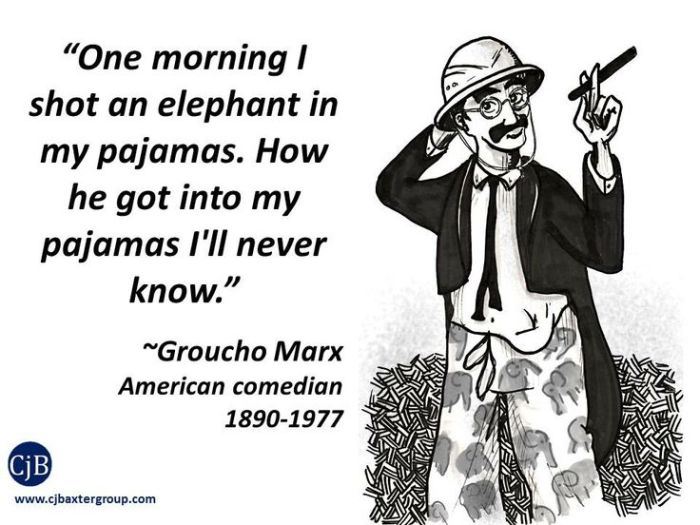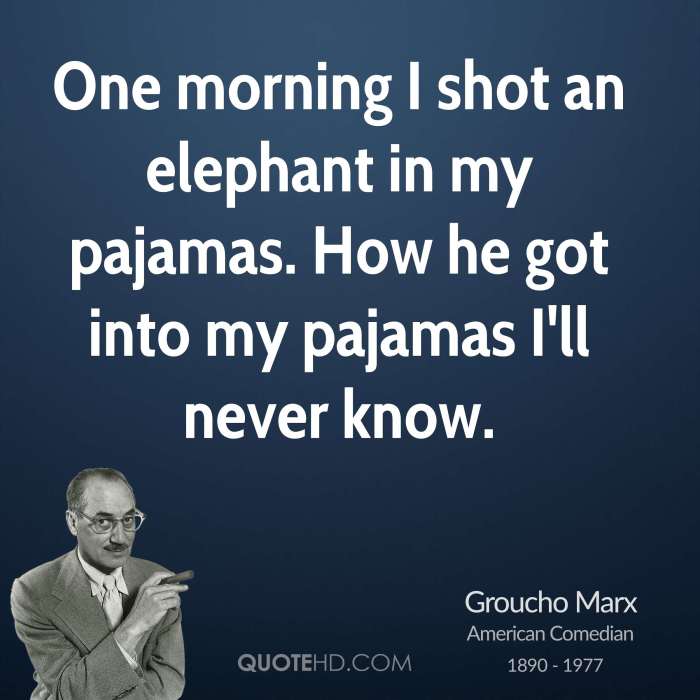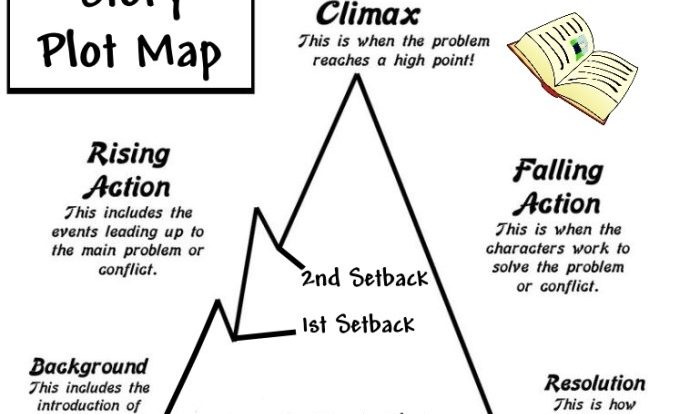In the captivating short story “I Once Shot an Elephant in My Pajamas,” Ernest Hemingway masterfully employs his signature literary style to delve into the profound themes of identity, loss, and the complexities of human existence. This literary masterpiece, set amidst the backdrop of a Spanish Civil War, invites readers to embark on a poignant journey that resonates deeply within the human psyche.
Hemingway’s minimalist writing style, characterized by its brevity, clarity, and evocative use of subtext, shines through in this compelling narrative. Through the lens of an unnamed protagonist, the story unfolds, offering a glimpse into the complexities of human emotions and the profound impact of loss.
Hemingway’s Literary Style
Ernest Hemingway’s writing style is characterized by its brevity, clarity, and subtext. In “Hills Like White Elephants,” he uses simple language and short sentences to create a sense of immediacy and authenticity.
Examples of Hemingway’s Brevity and Clarity
- The story is set in a single location, a train station, and takes place over the course of a single conversation.
- The dialogue is sparse and to the point, with each character’s words carefully chosen.
- Hemingway uses vivid imagery to create a strong sense of place and atmosphere.
Subtext in “Hills Like White Elephants”, I once shot an elephant in my pajamas
Hemingway’s use of subtext is particularly evident in the story’s ending, which is left open to interpretation. The man and the woman never explicitly discuss the abortion, but it is clear from their conversation that it is the unspoken topic.
Symbolism in “Hills Like White Elephants”

The story is rich in symbolism, which Hemingway uses to convey complex emotions and themes.
Key Symbols
- The hills: The hills represent the obstacles that the man and the woman face in their relationship.
- The white elephants: The white elephants represent the abortion, which is a source of great conflict for the couple.
- The drinks: The drinks represent the man’s and the woman’s attempts to escape from their problems.
How Symbolism Contributes to the Story’s Meaning
The symbolism in “Hills Like White Elephants” helps to create a sense of ambiguity and complexity. The story’s ending is left open to interpretation, and the reader is left to wonder about the fate of the man and the woman.
Gender Roles in “Hills Like White Elephants”

The story explores the traditional gender roles of men and women in the early 20th century.
Gender Roles of the Man and the Woman
- The man is dominant and controlling. He makes all the decisions and does not seem to care about the woman’s feelings.
- The woman is submissive and passive. She does not voice her own opinions and allows the man to make all the decisions.
Power Dynamics Between the Man and the Woman
The power dynamics between the man and the woman are unequal. The man has all the power and the woman has none. This inequality is reflected in the way that the man talks to the woman and the way that he treats her.
Implications of Gender Roles for the Story’s Themes
The gender roles in “Hills Like White Elephants” contribute to the story’s themes of power and control. The man’s dominance and the woman’s submissiveness reflect the traditional gender roles of the time.
Cultural Context of “Hills Like White Elephants”: I Once Shot An Elephant In My Pajamas
The story is set in Spain during the Spanish Civil War, which provides a backdrop for the story’s themes of loss and conflict.
Historical and Cultural Background
- The Spanish Civil War was a brutal conflict that lasted from 1936 to 1939.
- The war was fought between the Nationalists, who were supported by fascist Italy and Nazi Germany, and the Republicans, who were supported by the Soviet Union.
- The war ended with the victory of the Nationalists, and Francisco Franco became the dictator of Spain.
Influence of the Spanish Civil War on the Story’s Themes
The Spanish Civil War had a profound impact on Hemingway’s writing. The war’s themes of loss and conflict are reflected in many of his stories, including “Hills Like White Elephants.”
Hemingway’s Personal Experiences
Hemingway was a war correspondent during the Spanish Civil War, and his experiences there influenced his writing. He saw firsthand the horrors of war, and his stories often reflect the trauma that he experienced.
Film Adaptation of “Hills Like White Elephants”

The story has been adapted into a short film several times, most notably in 1968 by director Peter Glenville.
Major Differences Between the Short Story and the Film Adaptation
- The film adaptation is more explicit about the abortion. The man and the woman discuss the procedure in more detail, and the woman’s decision to have the abortion is more clearly shown.
- The film adaptation adds a scene in which the man and the woman visit a doctor. This scene provides more information about the abortion procedure and the risks involved.
- The film adaptation ends with the man and the woman walking away from the doctor’s office. The ending is more ambiguous than the ending of the short story, and it is left up to the viewer to decide what happens to the couple.
Strengths and Weaknesses of the Film Adaptation
The film adaptation of “Hills Like White Elephants” is a well-made and faithful adaptation of the short story. However, the film’s more explicit treatment of the abortion may be off-putting to some viewers.
General Inquiries
What is the central theme of “I Once Shot an Elephant in My Pajamas”?
The story explores the profound themes of identity, loss, and the complexities of human existence.
How does Hemingway’s writing style contribute to the impact of the story?
Hemingway’s minimalist style, characterized by brevity, clarity, and evocative use of subtext, enhances the emotional depth and impact of the narrative.
What is the significance of the Spanish Civil War setting in the story?
The backdrop of the Spanish Civil War provides a context for the exploration of themes related to violence, loss, and the fragility of human life.

